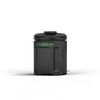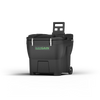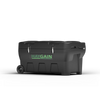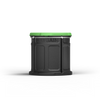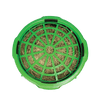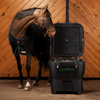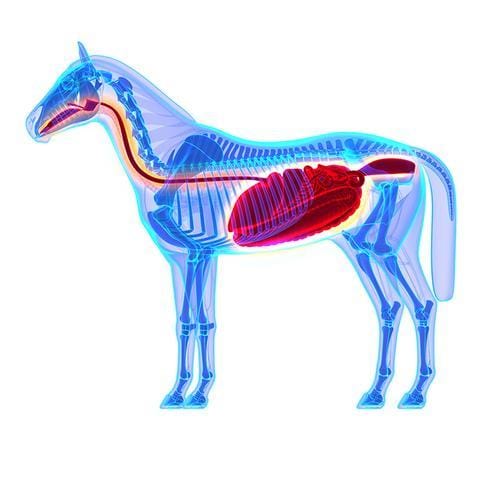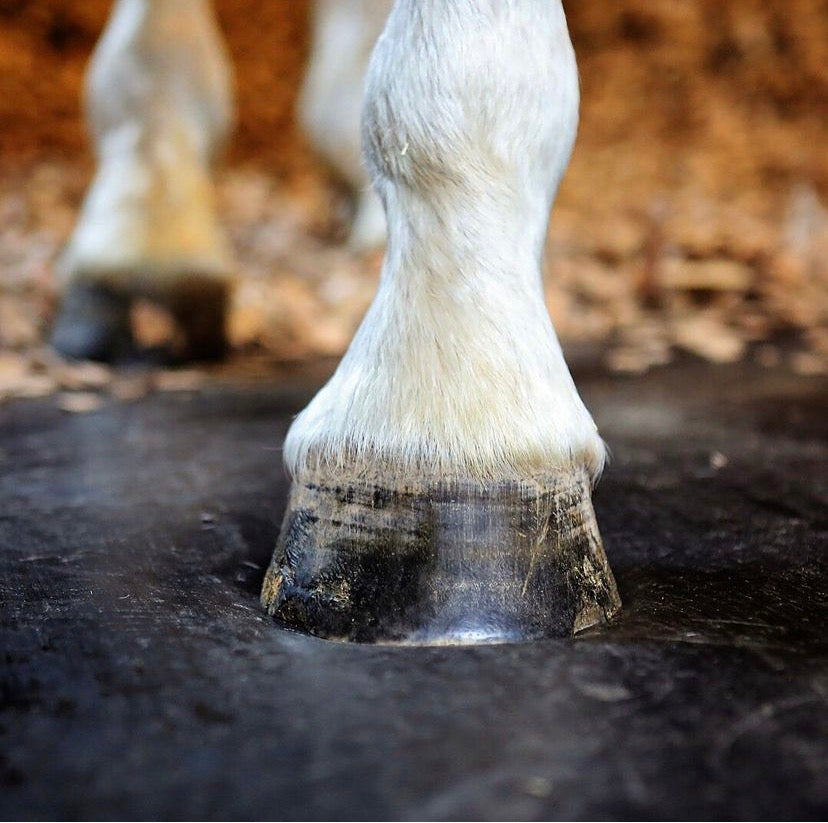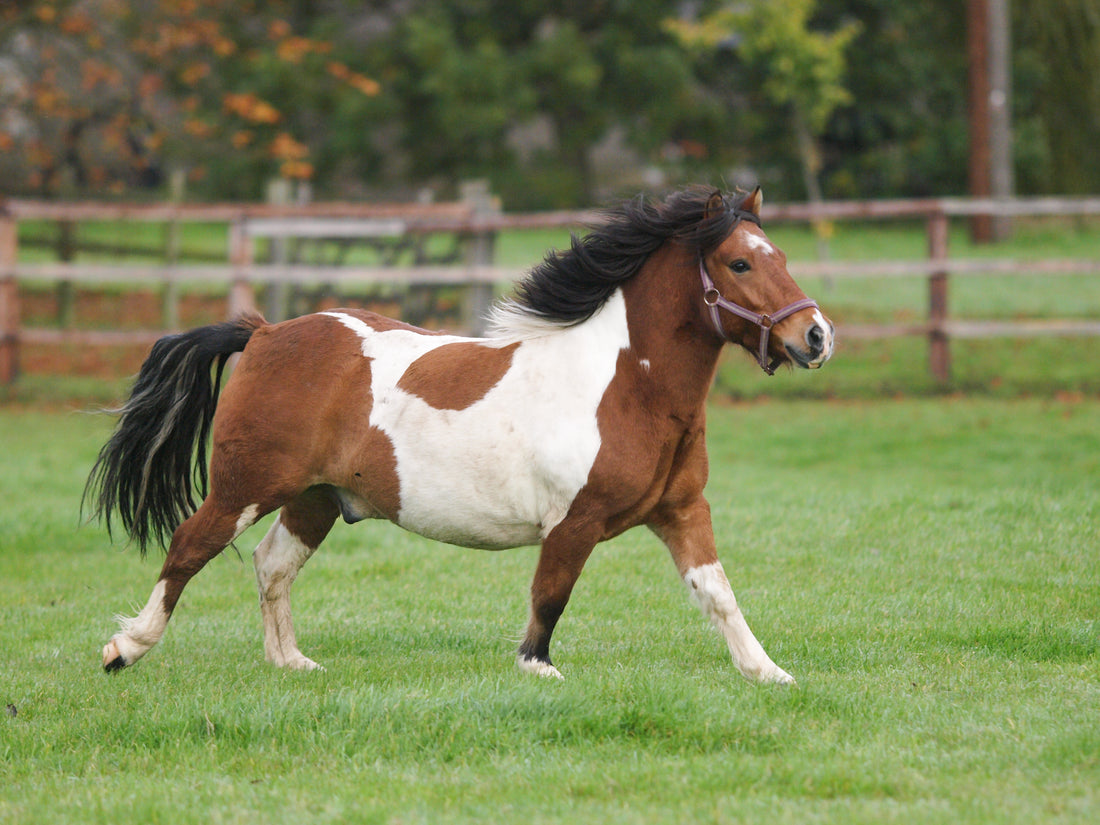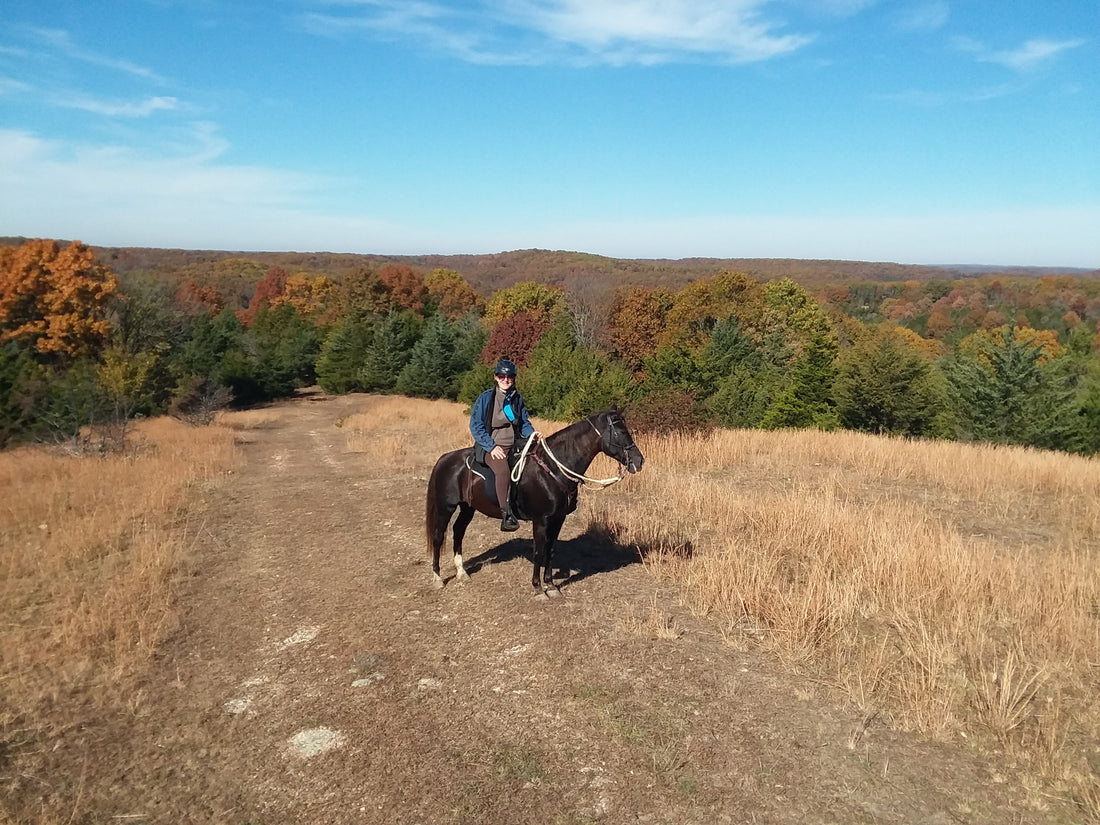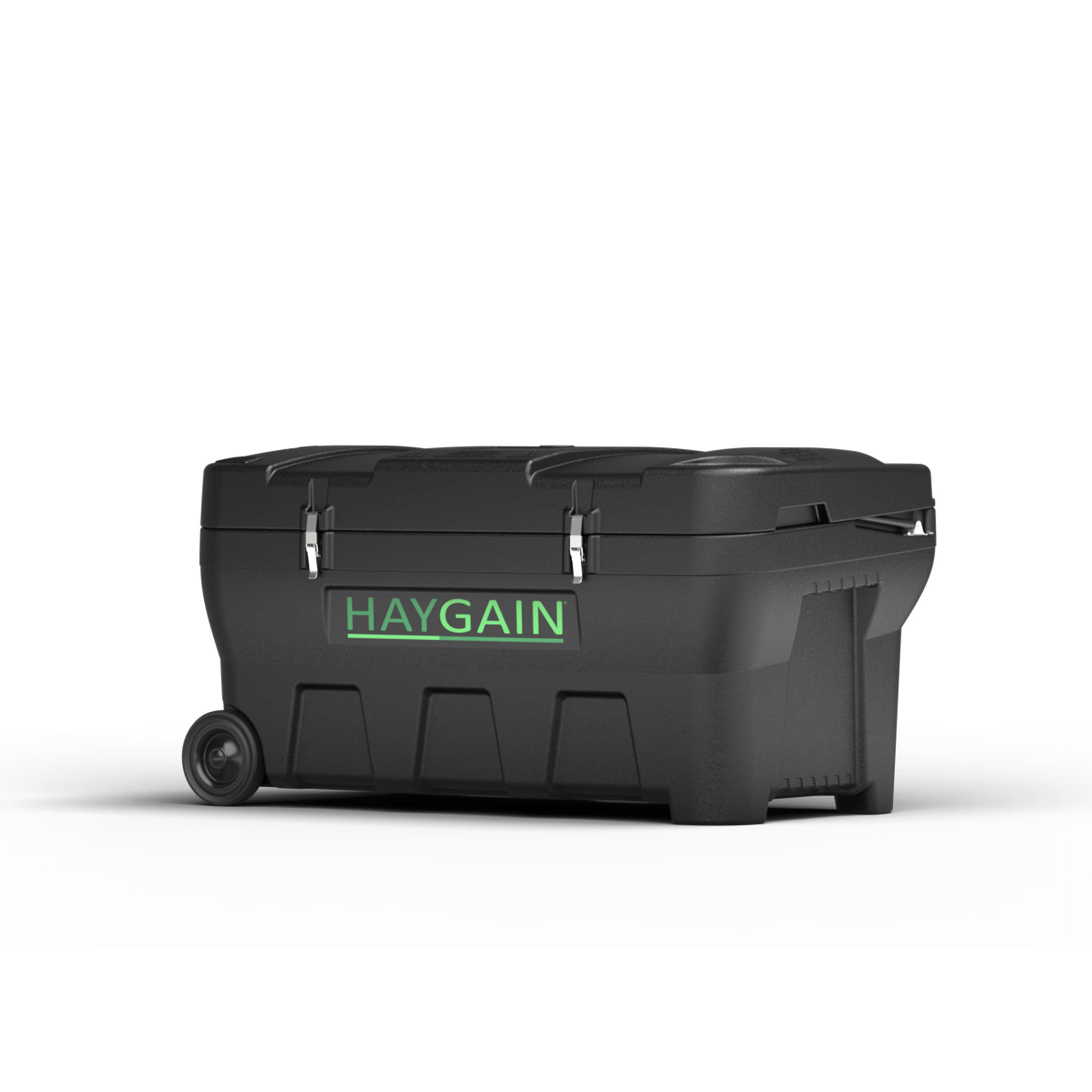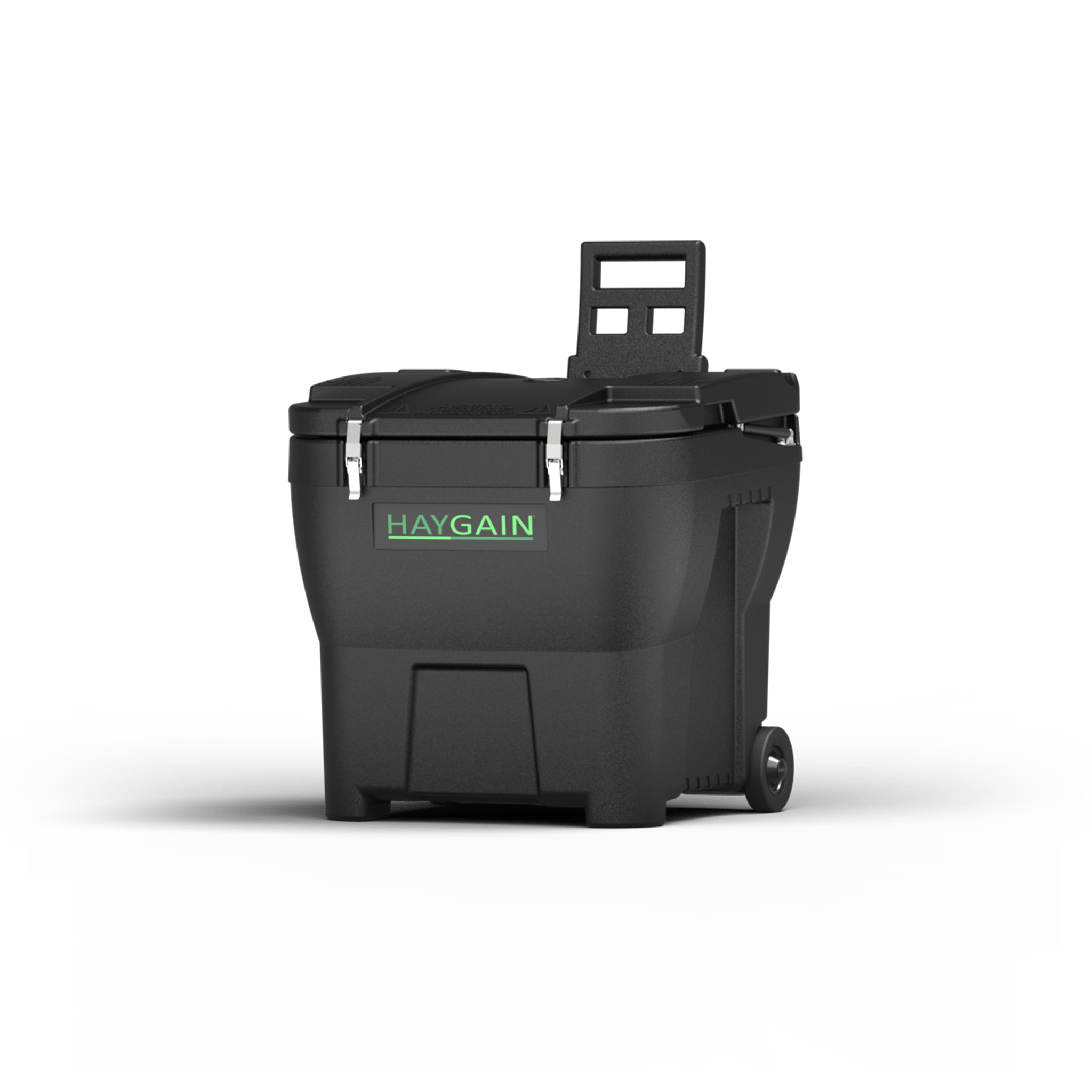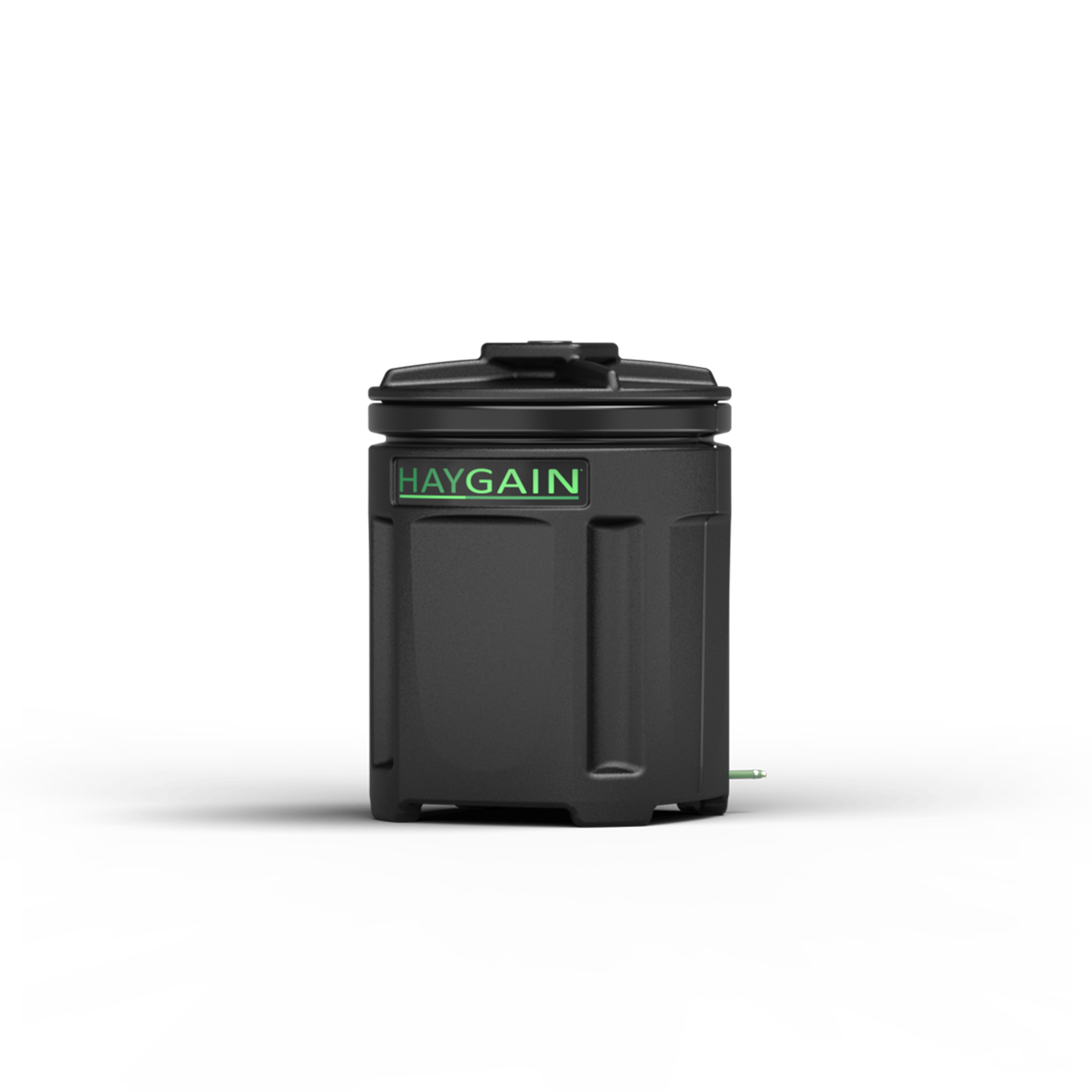
A review in the Veterinary Journal reported up to 10 horses out of every 100 will have a colic episode per year, resulting in up to 16 fatalities per 1000 horses [1]. But ‘colic’ is just a fancy name for ‘sudden gut pain’, which may occur in any part of the gastro-intestinal tract (GIT) for a number of reasons. Clinical signs of colic are well reported. Moderate gut pain may induce poor performance and general ‘bad mood’, irritation, and sensitivity to touch. And clinical signs as broad as: difficulty maintaining weight, poor coat and hoof condition, watery diarrhea and even asymmetry of movement (lameness, toe-dragging, one-sidedness).
Finding and treating the actual cause of gut discomfort, or a colic event, can be very difficult. Scope cameras can’t reach the ileum and jejunum (small intestine) of the fore gut, and much of the hind gut, particularly the cecum and large colon. Ultrasound examination provides very narrow field of view for such a large, deep area of the body. Also, there are particular evolutionary design flaws that make horses especially prone to gut disruption and pain:
- Saliva is an important lubricant for swallowed food and buffer for stomach acid, but the production of saliva is only stimulated by chewing. Horse’s don’t drool at the mere sight or smell of food.
- The horse cannot vomit, or belch, to clear gas or anything harmful from their stomach.
- There is no stomach acid ‘off switch’ – it trickles in regardless of whether there is any food to digest.
- Horses are prone to intestinal parasites, that can cause damage and physical blockages.
- The intestines are not all the same diameter (bore). There are bends (‘flexures’), restrictions, valves, and narrow entry or exit points, that can all contribute to problems with the passage of food (motility), especially if the horse’s movements are restricted by stabling.
- Horses lose salt through sweat, which can cause cramps and spasms.
- Horses can’t digest their primary food source (structural carbohydrate ‘fiber’) by themselves. They rely on billions of helpful microbes (eg. bacteria, fungi and protozoa) lining the entire length of the gastro-intestinal tract (GIT).

Of the above list, the function and population dynamics of microbes are perhaps least well understood not just by owners, but also the nutrition and scientific community. The most important populations of many hundreds of species unfortunately concentrate in the most inaccessible places! But they live and multiply throughout the GIT where the conditions suit their specific species, and work in sequence to break the food down. They are able to stay in an area because they live in a mucus layer coating the intestinal walls, attach to the food itself [2,3], or reproduce as quickly as they are displaced.
Fungi and protozoa have not been found in the fore gut, as bacteria have. The concentration of bacteria in the stomach and small intestine are equal to the hind gut, when a horse is fed forage. If most of the ration is grain, there is a greater concentration in the fore gut. Nutritionists are still lacking data about where the products from these bacteria are absorbed; through the wall of the small intestine or later after passing into the hind gut [4]. However, we do know without the fore gut bacteria the hind gut would be overloaded. And without hind gut bacteria, the horse would be lacking in energy, protein and even vitamins C and K. It’s the billions of fiber-utilizing microbes that live in the caecum and large colon of the hind gut that make the difference. Some hind gut microbes break down the structural carbohydrate (ie. fiber), while others feed on them and what they produce, and so on. Eventually, the plant fiber becomes gas, water, or a simple nutrient the horse can absorb through the walls of the colon, into the bloodstream, and use in their body.
Growth rates vary between microbe species, and there is a natural cycle of microbe life and death. Seasonal dietary fluctuation fits with this life cycle, but it takes time (days) for numbers to re-stabilize when the environment suddenly changes. Any sudden change in the diet (particularly intermittent high starch grain meals) can result in significant harm to the microbial population [5], resulting in:
- A lot of the wrong microbes, and not enough right microbes, in the place the horse has the right structures to make use of them.
- Incomplete digestion, resulting in excessive gas, poor absorption and malnutrition
- Inhospitable environments for the microbes, resulting In inactivity or death
- A decaying mass of microbes that can produce toxins
Erosion of the slippery microbe mucus leaves the intestinal walls exposed to mechanical damage from undigested food, acid and other digestion chemicals which may lead to inflammation. Gas and intestinal damage can cause colic and chronic illness requiring restorative medication and procedures. Although there is disagreement about the existence of hind gut ulcers [6,7], there is consensus that hind gut damage is more common in performance horses than ‘leisure’ horses – so typical management practices increase risk.
Colic is an emergency. But when moderate digestive upset is suspected (such as the poor-performing, over-sensitive, irritable horse) it is still important to consult a vet as soon as possible and go back to basics with diet and management.

There is now good science to support the old-fashioned list of ‘rules of feeding’ and, while we can’t improve on nature, steaming can make the most of it.
References:
[1] Archer, D. C., & Proudman, C. J. (2006). Epidemiological clues to preventing colic. The Veterinary Journal, 172(1), 29-39.
[2] Elghandour, M. M., Adegbeye, M. J., Barbabosa-Pilego, A., Perez, N. R., Hernández, S. R., Zaragoza-Bastida, A., & Salem, A. Z. (2018). Equine contribution in methane emission and its mitigation strategies. Journal of equine veterinary science.
[3] Sadet-Bourgeteau, S., Julliand, V., Ellis, A. D., Longland, A. C., Coenen, M., & Miraglia, N. (2010). Equine microbial gastro-intestinal health. The Impact of Nutrition on the Health and Welfare of Horses, EAAP Publications, 128, 161-82.
[4] Geor, R. J., Coenen, M., & Harris, P. (2013). Equine Applied and Clinical Nutrition E-Book: Health, Welfare and Performance. Elsevier Health Sciences.
[5] Warzecha, C. M., Coverdale, J. A., Janecka, J. E., Leatherwood, J. L., Pinchak, W. E., Wickersham, T. A., & McCann, J. C. (2017). Influence of short-term dietary starch inclusion on the equine cecal microbiome. Journal of animal science, 95(11), 5077-5090.
[6] Andrews, F. M. (2009). Overview of gastric and colonic ulcers. Advances in Equine Nutrition IV, 347.
[7] Kellon, E. (2016). Hind Gut Ulcers. Dr. K’s Horse Sense [online] Available from: https://drkhorsesense.wordpress.com/2016/03/29/hind-gut-ulcer/ [Date accessed: 16 June 2019]
[8] Moore-Colyer, M. J., Taylor, J. L., & James, R. (2016). The effect of steaming and soaking on the respirable particle, bacteria, mould, and nutrient content in hay for horses. Journal of Equine Veterinary Science, 39, 62-68.
